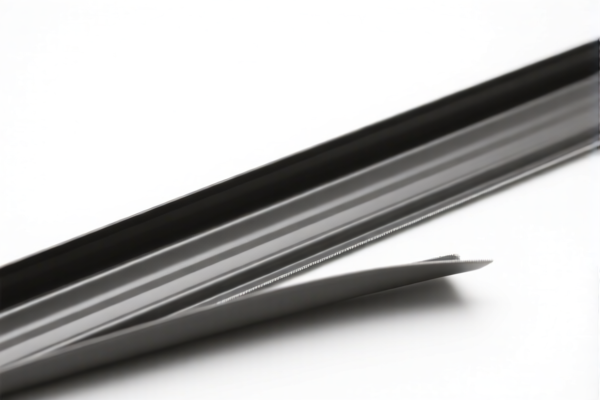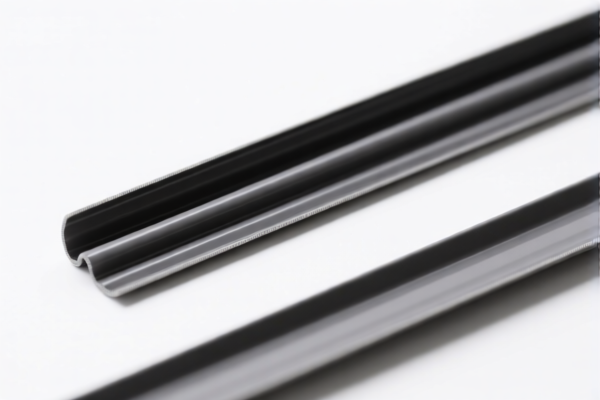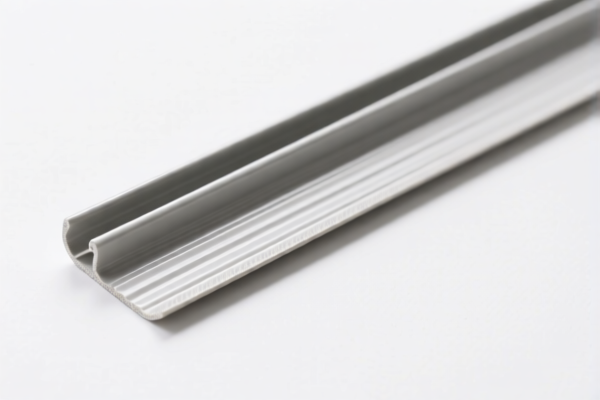| HS Code | Official Doc | Tariff Rate | Origin | Destination | Effective Date |
|---|---|---|---|---|---|
| 9025801000 | Doc | 56.7% | CN | US | 2025-05-12 |
| 9025805000 | Doc | 39.1% | CN | US | 2025-05-12 |
| 9031808085 | Doc | 30.0% | CN | US | 2025-05-12 |
| 9031804000 | Doc | 55.0% | CN | US | 2025-05-12 |
| 8543706000 | Doc | 55.0% | CN | US | 2025-05-12 |
| 8543906800 | Doc | 55.0% | CN | US | 2025-05-12 |
| 8526100020 | Doc | 55.0% | CN | US | 2025-05-12 |
| 8526100040 | Doc | 55.0% | CN | US | 2025-05-12 |




Weather Station
A weather station is a facility, either automated or manned, used to collect data relating to atmospheric conditions to provide information for public, commercial, and scientific use. Data collected can include temperature, humidity, precipitation (rain, snow, hail), wind speed and direction, solar radiation, and atmospheric pressure.
Materials & Components
Weather stations are constructed from a variety of materials chosen for durability and accuracy in outdoor environments. Common materials include:
- Stainless Steel: Used for housings, anemometers (wind speed sensors), and other exposed components due to its resistance to corrosion.
- Aluminum: Employed for structural elements and housings, offering a good strength-to-weight ratio.
- Polycarbonate/Acrylic: Utilized for protective domes and enclosures, providing transparency and impact resistance.
- Thermistors/Resistance Temperature Detectors (RTDs): Sensors used for precise temperature measurement.
- Hygrometers/Humidity Sensors: Capacitive or resistive sensors used to measure atmospheric humidity.
- Barometers: Measure atmospheric pressure, often utilizing aneroid capsules or digital pressure sensors.
- Rain Gauges: Collect and measure rainfall amount, commonly using tipping bucket or weighing mechanisms.
- Anemometers: Measure wind speed, typically using rotating cups or sonic sensors.
- Wind Vanes: Indicate wind direction.
- Pyranometers/Solar Radiation Sensors: Measure the intensity of solar radiation.
- Data Loggers/Transmitters: Record and transmit collected data, often utilizing wireless communication protocols.
- Microcontrollers/Processors: Used in automated stations to control sensors, process data, and manage communication.
Purpose & Function
The primary purpose of a weather station is to observe and record weather conditions. This data serves multiple functions:
- Forecasting: Provides critical input for weather prediction models.
- Climate Monitoring: Tracks long-term weather trends and climate change.
- Aviation: Essential for safe air travel, providing information on wind speed, visibility, and cloud cover.
- Agriculture: Helps farmers optimize planting, irrigation, and harvesting schedules.
- Public Safety: Warns the public of severe weather events like storms, heat waves, and cold snaps.
- Research: Supports scientific studies of atmospheric phenomena.
Usage Scenarios
Weather stations are deployed in a wide variety of locations:
- Airport Weather Stations (AWOS/ASOS): Automated systems providing real-time weather data to pilots.
- Surface Observing Stations: Part of national and global weather networks, providing comprehensive data.
- Mesonet Stations: High-density networks providing localized weather information, often used for agricultural and research purposes.
- Personal Weather Stations (PWS): Small, consumer-grade stations used by hobbyists and individuals.
- Mobile Weather Stations: Deployed on vehicles or aircraft for targeted data collection.
- Buoy Weather Stations: Located in oceans and lakes to collect marine weather data.
- High-Altitude Weather Stations: Used for upper-air observations via radiosondes (weather balloons).
Common Types
- Automated Surface Observing System (ASOS): A network of automated stations maintained by national weather services.
- Automated Weather Observing System (AWOS): Similar to ASOS, but typically operated by airports.
- Synoptic Weather Stations: Provide standardized observations at regular intervals, forming the basis of weather maps.
- Mesonet Stations: High-density networks providing localized weather data.
- Personal Weather Stations (PWS): Consumer-grade stations with varying levels of sophistication.
- Radiosonde Stations: Launch weather balloons equipped with sensors to measure upper-air conditions.
- Buoy Weather Stations: Floating stations collecting marine weather data.
- Radar Stations: Utilize radar technology to detect precipitation and wind patterns.
- Satellite-Based Weather Stations: Utilize sensors on satellites to observe weather conditions from space.
A weather station typically includes instruments for measuring atmospheric conditions such as temperature, humidity, barometric pressure, wind speed, and rainfall. Based on the provided information, the following HS codes may be relevant:
- 9025801000: This code covers hydrometers and similar floating instruments, thermometers, pyrometers, barometers, hygrometers and psychrometers, recording or not, and any combination of these instruments; parts and accessories thereof: Other instruments: Electrical. This is applicable if the weather station includes electrical sensors for measuring these parameters. The total tax rate is 56.7% (Base tariff: 1.7%, Additional tariff: 25.0%, Post-April 2, 2025, Additional tariff: 30.0%).
- 9025805000: This code covers hydrometers and similar floating instruments, thermometers, pyrometers, barometers, hygrometers and psychrometers, recording or not, and any combination of these instruments; parts and accessories thereof: Other instruments: Other. This applies to non-electrical instruments or combinations of instruments. The total tax rate is 39.1% (Base tariff: 1.6%, Additional tariff: 7.5%, Post-April 2, 2025, Additional tariff: 30.0%).
- 9031808085: This code covers measuring or checking instruments, appliances and machines, not specified or included elsewhere in this chapter; profile projectors; parts and accessories thereof: Other instruments, appliances and machines: Other Other. This could apply to more complex weather stations with advanced measurement capabilities. The total tax rate is 30.0% (Base tariff: 0.0%, Additional tariff: 0.0%, Post-April 2, 2025, Additional tariff: 30.0%).
According to the provided reference material, the HS code options related to 'weather station' are limited, with only the following 3 found.
Customer Reviews
No reviews yet.